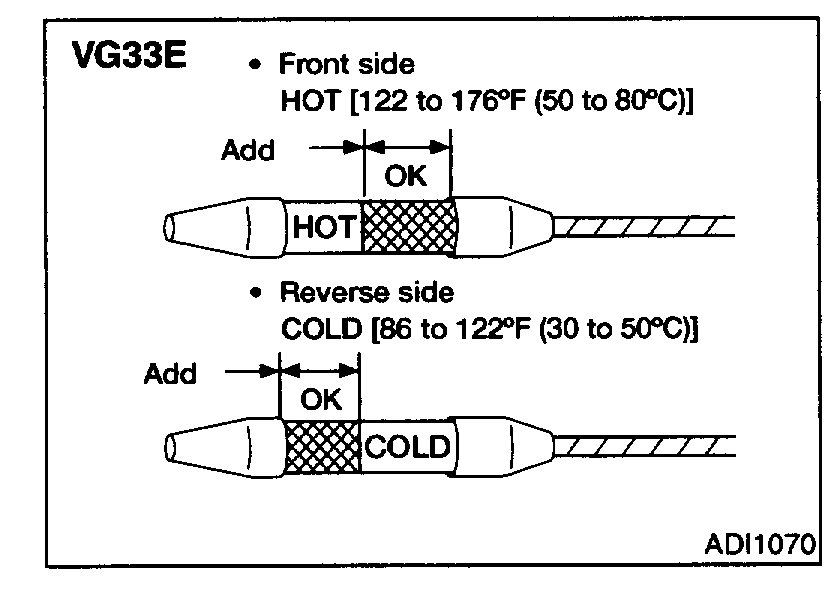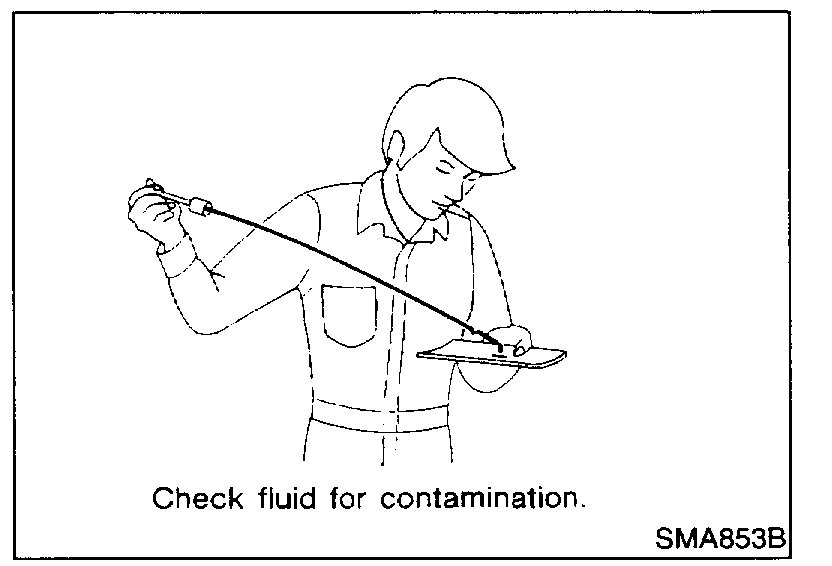Hi and thanks for using 2CarPros.
The most common cause for this condition is low or extremely dirty fluid. Have you checked the fluid condition and level?
Next, the transmission relies on electronics to function. Different solenoids and sensors determine hydraulic fluid flow through the valve body. If the fluid is clean and full, there may be an issue with one of the sensors, solenoids, or the transmission control module (TCM). However, it there is an electronic issue, there should be a diagnostic trouble code stored in the computer identifying the cause. In that case, you need to have the computer scanned to identify the trouble code.
Last, and less likely, an input or output speed sensor can cause problems. These sensors are used to determine shift points while driving. In most cases, they will cause an adverse condition when the transmission shifts. However, they can even cause this type of problem.
Now, with that being said, I first suggest checking the transmission fluid to confirm it is clean and full.
Here are the directions specific to your vehicle for checking the fluid. The attached pictures correlate with these directions.
COMPONENT TESTS AND GENERAL DIAGNOSTICS
Picture 1
1. Warm up engine.
2. Check for fluid leakage.
3. Before driving, fluid level can be checked at fluid temperatures of 30 to 50 °C (86 to 122 °F) using "COLD" range on dipstick.
a. Park vehicle on level surface and set parking brake.
b. Start engine and move selector lever through each gear position. Leave selector lever in "P" position.
c. Check fluid level with engine idling.
d. Remove dipstick and note reading. If level is at low side of either range, add fluid to the charging pipe.
e. Re-insert dipstick into charging pipe as far as it will go.
f. Remove dipstick and note reading. If reading is at low side of range, add fluid to the charging pipe.
Do not overfill.
4. Drive vehicle for approximately 5 minutes in urban areas.
5. Re-check fluid level at fluid temperatures of 50 to 80 °C (122 to 176 °F) using "HOT" range on dipstick.
Picture 2
Picture 3
6. Check fluid condition.
- If fluid is very dark or smells burned, refer to "Checking operation of A/T". Flush cooling system after repair of A/T.
- If A/T fluid contains frictional material (clutches, bands, etc.), replace radiator and flush cooler line using cleaning solvent and compressed air after repair of A/T.
Refer to "Radiator", "ENGINE COOLING SYSTEM".
_____________________________________
If the fluid is clean and full, check for trouble codes. Here is a quick video showing how to use a scanner:
https://youtu.be/YV3TRZwer8k
I realize most people don't own a scanner, but often times a parts store will lend or rent one to you.
Also, here is a link that discusses transmission issues. Take a look through it to see if it is helpful.
https://www.2carpros.com/articles/automatic-transmission-problems
Try these things first and let me know the results.
Take care,
Joe
Images (Click to make bigger)
SPONSORED LINKS
Tuesday, February 19th, 2019 AT 7:24 PM



